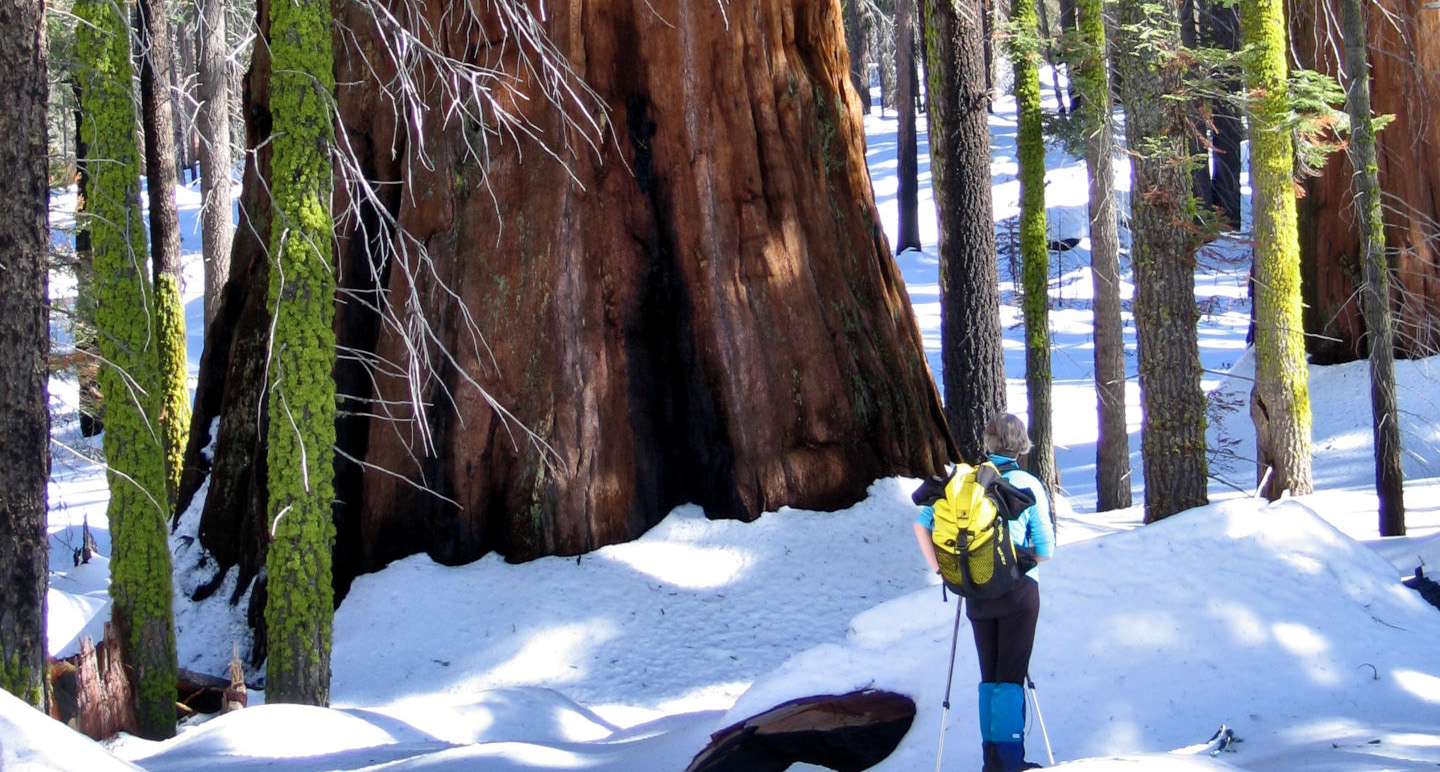Giant sequoia tree rings reveal snow history
IMG_1599ax_washington_north_caprio_1-17-2005_detail.jpg

Ramzi Touchan, Bryan Black, Malcolm Hughes and David Meko, all of the LTRR, are authors on a recently published paper along with colleague Eylon Shamir of the Hydrologic Research Center, San Diego: Touchan, R., Black, B., Shamir, E., Hughes, M.K. and Meko, D.M. (2021) A multimillennial snow water equivalent reconstruction from giant sequoia tree rings, Climate Dynamics https://doi.org/10.1007/s00382-020-05548-0. Using samples from many hundreds of giant sequoia from 23 separate locations across the range of the species, the researchers built a record of ‘snow water equivalent’ (SWE) at the end of spring covering two millennia. The earliest ring sampled was formed in 1380 BCE and the latest in 2012 CE. The degree of replication (that is the number of trees covering each year) was strong from 90 CE through 2012 CE. The snow that accumulates in the winter on the Sierra Nevada is a vital resource for California and its agriculture in the following summer and so it is important to understand how it can vary, both under natural conditions and under climate change. The results suggest that, unlike other forest types in the region, 20th-century SWE variability in the Sequoia groves remained within historical boundaries, being relatively buffered by local conditions from extremes and severe declines. Even so, the authors caution that increasing temperatures in coming decades may increase drought stress for giant sequoia, as prefigured in the 2012–2016 drought. The study built on pioneering work by the founder of LTRR, A.E. Douglass, in the first decades of the 20th century and by Malcolm Hughes and Tom Swetnam in the 1980s and 1990s, updated in the 21st century by David Meko and Ramzi Touchan with Connie Woodhouse.

